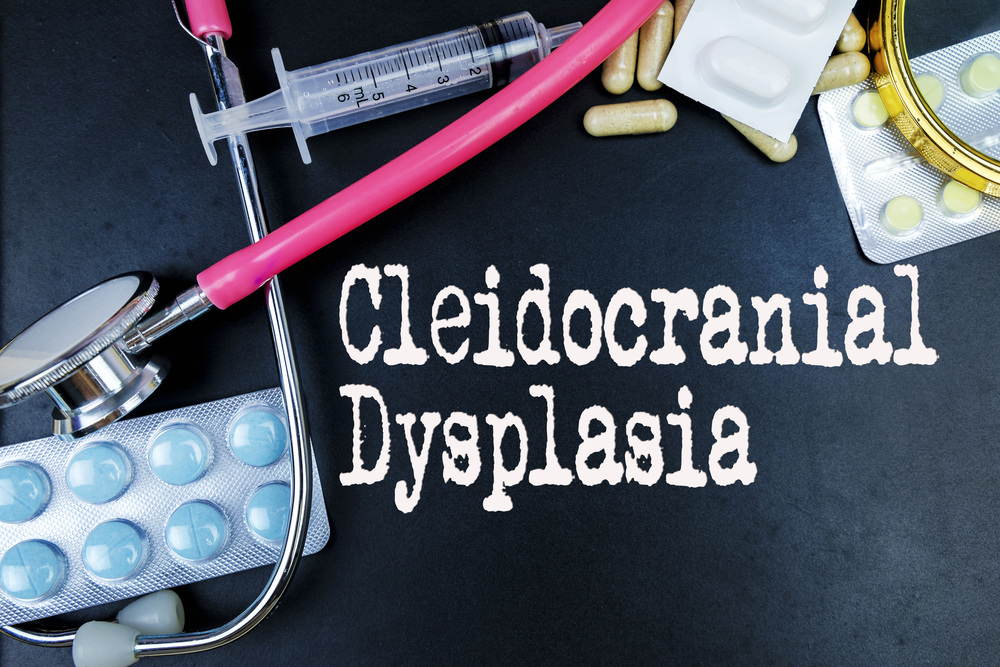Cleidocranial dysplasia, also known as cleidocranial dysostosis, is a rare birth defect caused by genetic conditions that affect the teeth and bones. People with this condition have poorly developed bones, which may be formed differently or more fragile than normal.
The term cleidocranial comes from the two words: “cleido,” which means collarbone, and “cranial,” which means skull. The abnormalities of these two parts are the main features of cleidocranial dysplasia. Typically, persons with this condition have underdeveloped collarbones, which may also be absent in some cases. Due to these abnormalities, the shoulders become narrow and sloping and appear to be unusually close together. In some cases, the shoulders did meet each other in the middle of the body. When it comes to the skull, delay in the development of its closing is expected since the growth lines where the bones of the skull meet are affected. Also, the fontanelles or the soft spots on the infants’ heads remain open throughout the life of the person with cleidocranial dysplasia. Normally, these fontanelles close during early childhood. Dental abnormalities are also one of the main features of cleidocranial dysplasia.
This condition occurs when the RUNX2 gene fails to work correctly. This gene has a role in forming the cells that create bones in the body, which are called osteoblasts. This gene also has a role in the maturation of the cells that makes up the cartilage called the chondrocytes.
According to studies, this rare condition occurs in 1 per million individuals worldwide.


